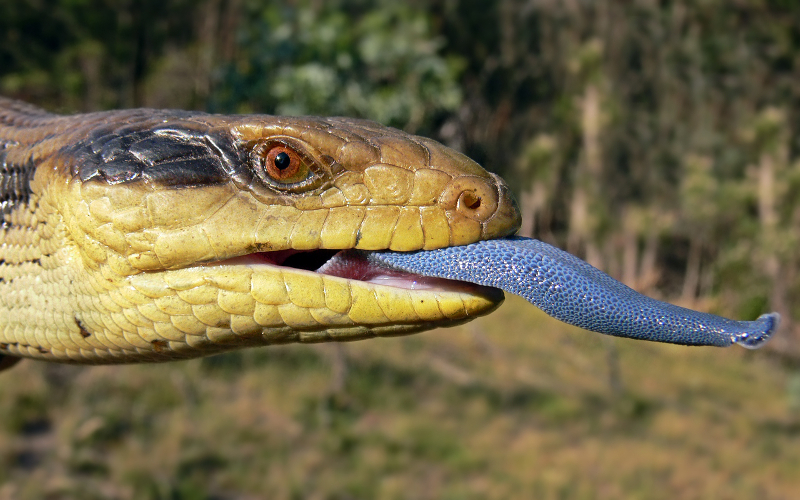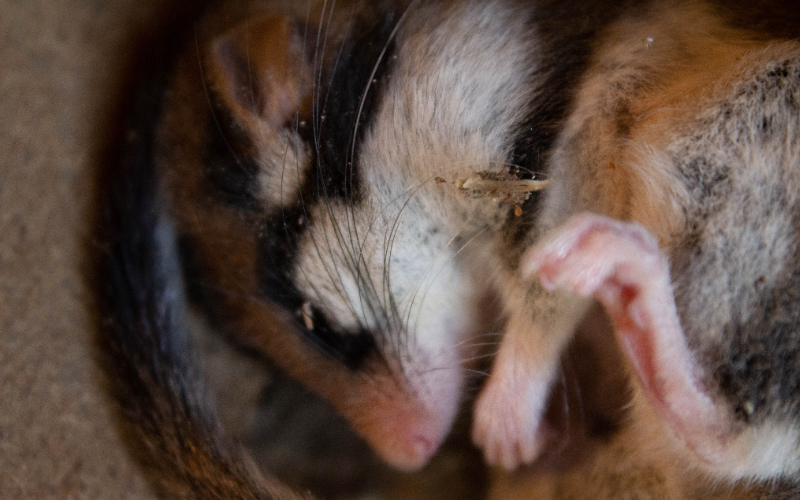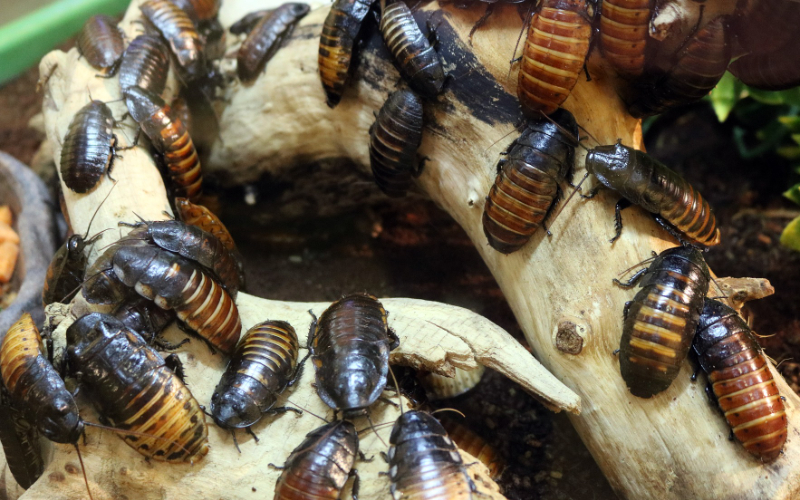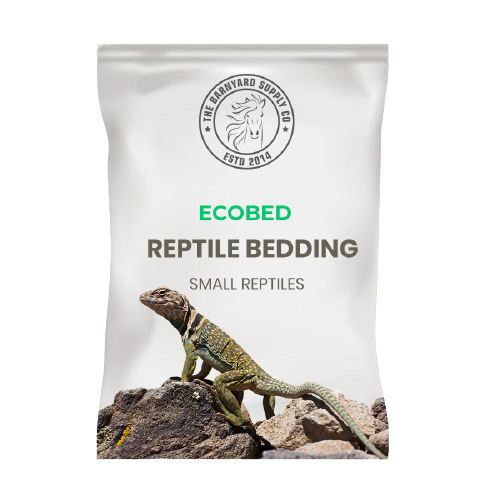How To Clean A Blue Tongued Skinks Cage
Introduction
Blue-tongued skinks tin can be found in Commonwealth of australia's warm forests and grasslands in their native habitat. The northern and eastern blueish-tongued skinks are the most widely maintained of many closely related species known as blue-tongued skinks. Ofttimes seen lying in ambush on any passing arthropod, sleeping in a burrow, or moving over thick grass and woodland floors. The native habitat of the blueish-tongued skink is often compacted sandy soil with scrubland vegetation.
Appearance and behaviour
Blue-tongued skinks are wonderful for beginners since they take a lot of personality and a friendly demeanour. Breeding bluish-tongued skinks can exist hard, and some blue-tongue species and locations are exceedingly rare.

The bodies of blueish tongue skinks are thick and sausage-like, with curt but powerful limbs and triangular heads. Just it's their nickname, a blue tongue, that makes them stand out. The scales of this big, heavy-bodied skink are ridged or "keeled," with black crossbands. On the sides, pinkish to orange coloration is frequent. They tin can reach a length of 24" and accept a lifetime of 15-20 years, however with proper intendance, they may live to exist 30 years former.
Temperature Requirements
Temperatures in blue-tongued skink enclosures should exist kept cool, between 75 and 82 degrees Fahrenheit. A basking region of 90 to 100 degrees should exist included in the warm terminate. An under-tank heating device, such equally a rut pad or estrus record, and/or an overhead incandescent basking light or heat emitter tin can be used to do this. The overhead heating equipment should be switched off at night if both under-tank and overhead heat are offered. Daylight bulbs should be turned on for no more than than 12 hours each day. At night, the temperature in the colder office of the enclosure might drop to seventy degrees.
Despite the fact that blue-tongued skinks have been successfully reared without full-spectrum illumination, You lot can use UVB lighting in blue-tongued skink enclosures. UVB lamps should be turned on for eight to twelve hours each mean solar day. UVA is helpful to blue-tongued skinks and is produced past whatever UVB bulb.
Humidity
To measure the humidity at the chilly end of the cage, a hygrometer should be acquired. Blue-tongue skinks come from a diversity of locations, each with its own unique humidity. Humidity levels should be specified according to your species and location. By spraying the enclosure with make clean h2o, y'all may increase humidity. The vivarium will crave additional ventilation if it is too loftier.
The following are the several species of Blue natural language skinks and their humidity requirements:
- Northern blue tongue skink — twoscore-60%
- Archetype Indonesian blueish tongue skink — 60-80%
- Halmahera blueish tongue skink — 80-100%
- Merauke blueish tongue skink — 60-80%
- Irian Jaya blue tongue skink — 60-80%
Nutrition
Blue-tongued skinks are omnivorous, which means they swallow a wide diverseness of plants and insects. Though they may attempt to eat fruit, this might cause stomach distress and is not a necessary component of the skink's diet, avert information technology. Similarly, at that place are vegetables and other live foods that may exist fed to skinks, merely they are not very nutritious and should not be included in the skink's regular diet.

Brown crickets provide the meat component of this omnivorous diet. They are highly nutritious, relatively easy to hunt for skinks, readily attainable, and excellent value for money. If your skink won't consume them, black bugs and locust are excellent substitutes. Yous tin can provide a pinkie frozen thawed mouse, a part of an omnivorous diet, or a pack of poly peptide dumbo livefood like snails or worms in one case a week because these lizards crave a lot of protein.

Waxworms, calciworms, cockroaches, mealworms, and protrude grubs can all be fed on occasion. Because grubs and waxworms are extremely fattening, just serve them in one case a calendar week. Considering mealworms, morio worms, and cockroaches are tough to digest, only feed them to mature skinks if 18 months and up once or twice a week.
Housing
Although blue tongue skinks are huge, fast-growing lizards, the minimum enclosure size, even for a baby, is 4'x2'x2′, or eight square anxiety of floor area. Because blueish natural language skinks are extremely agile, it's expert that yous go a larger enclosure if y'all tin afford information technology. PVC, which is waterproof and lightweight, is the all-time material for a blue tongue skink enclosure, although glass or well-sealed forest are also viable alternatives. In each muzzle, just one blue natural language skink should be kept. Housing blueish natural language skinks together is probable to stress them out, and there's a adventure they'll fight and hurt themselves.
Cleaning
To flourish, blue-tongued skinks, similar other pets, require a clean habitat. Spot clean every day if viable, and do a complete clean every four weeks or so. You can spot, make clean and monitor the enclosure if you maintain the skink in a bio-active cage. Changing the bedding a few times a year may still be a wise conclusion.
You lot should take your fauna and all of the bedding out of the enclosure before cleaning it. Afterward the enclosure is make clean, disinfect information technology using a reptile-friendly disinfectant. These more often than not operate quickly and merely crave around thirty seconds of your time. After the disinfectant has done its job, wipe the surfaces clean with a paper towel.
This procedure is carried out throughout the day so that the skink tin return to a warm vivarium for at least an hour before the basking lights are switched off for the nighttime.
Handling
When you beginning bring your blue natural language skink home, avoid the want to play with it right abroad. You're enormous in comparison to a blue tongue skink, and it'll take some fourth dimension for him or her to realise yous're not going to devour them. Let at least two weeks for your new pet to settle in before beginning to handle information technology. You lot can introduce yourself once your skink has gained confidence in his or her new dwelling house. Place an old, worn shirt in the terrarium to allow them get acclimated to your fragrance. Allow the skink to go acquainted with your hand by assuasive it to relax in the terrarium.
Handling Techniques
- The unabridged body should be supported.
- Dull downward your motions.
- Unless absolutely essential, do not grasp or restrict someone.
- Leave them alone if they're shedding, and don't tug on loose skin.
Substrate Nature
As burrowing lizards, blue tongue skinks require 4-6 inches of deep, soft, loose ground. Coconut husk, Aspen, recycled newspaper, and cypress mulch may all be used safely with blue-tongued skinks as provided every bit they are kept dry. We recommend EcoBed Reptile Bedding which is admittedly cosy for your reptile. Cedar chips, clay cat litter, orchid bark, and walnut shells should never be used as substrates since they can cause toxicity, impaction, and animate problems.
Substrate Types
Kokosnoot Husk

One of the safest and about effective reptile bedding options is kokosnoot husks or chips. Information technology's a must-have because information technology's soft, comfy, absorbent, and aerated to perfection. Its absorbency keeps odours at bay, holds moisture for longer, and maintains a suitable temperature in the room. You can use it according to your requirements. Coconut bedding is not-allergenic, biodegradable, reusable, and recyclable, as well as beingness like shooting fish in a barrel to clean and store.
Advantages:
· Very natural expect
· Self-cleaning and easy cleanup of debris
· Affordable and good value
Disadvantages:
· May attract mites and bugs over time
Cypress Mulch
Cypress mulch is a comfy substrate for reptiles. They can dig around in the mulch and it retains humidity nicely. Information technology'due south attractive and has a pleasant simply not overwhelming aroma. This mulch is readily available at garden shops. Yous do accept to remove all the mulch to thoroughly clean the cage.
Advantages:
• Retain wet
• It doesn't mold.
Disadvantages:
• Costly
• Mites thrive in cypress mulch
Aspen Bedding
Aspen shaving is not also expensive and it is made up of woods which is chemical free. You lot can completely supersede it by paying cheaply. It absorbs and prevents the odors from waste material. The substrate is free of chemicals or toxic oils and is perfectly safe for pets.
Advantages:
· It is affordable
· Splendid arresting and make clean-up
Disadvantages:
· May need to be changed more than often
Paper towels or newspaper
Paper towels and newspapers are absorbent merely do null for scent command. Owners like the availability, toll, ease of clean-ups, and lack of possible ingestion. Information technology is obviously very unnatural for whatsoever reptile but otherwise presents no large problems.
Advantages:
· Affordable.
· Like shooting fish in a barrel to replace.
· Odor-gratis, Dust-free.
Disadvantages:
· Wet or damp newspaper cause bacterial infection
Conclusion
The friendly and curious nature of blue-tongued skinks will continually please and astonish their owners. The unusual and clever blue-tongued skink may well be the perfect pet cadger for reptile lovers of all levels!
Reptile petting is one such occasion addiction seen in rarity, for you to enhance them in full conscience need as much information every bit possible, read more for a complete guide on each pet to wish to raise.
Source: https://www.thebarnyardsupplyco.com/caring-for-your-pet-lizard-blue-tongued-skinks/
Posted by: malavereceepland.blogspot.com


0 Response to "How To Clean A Blue Tongued Skinks Cage"
Post a Comment